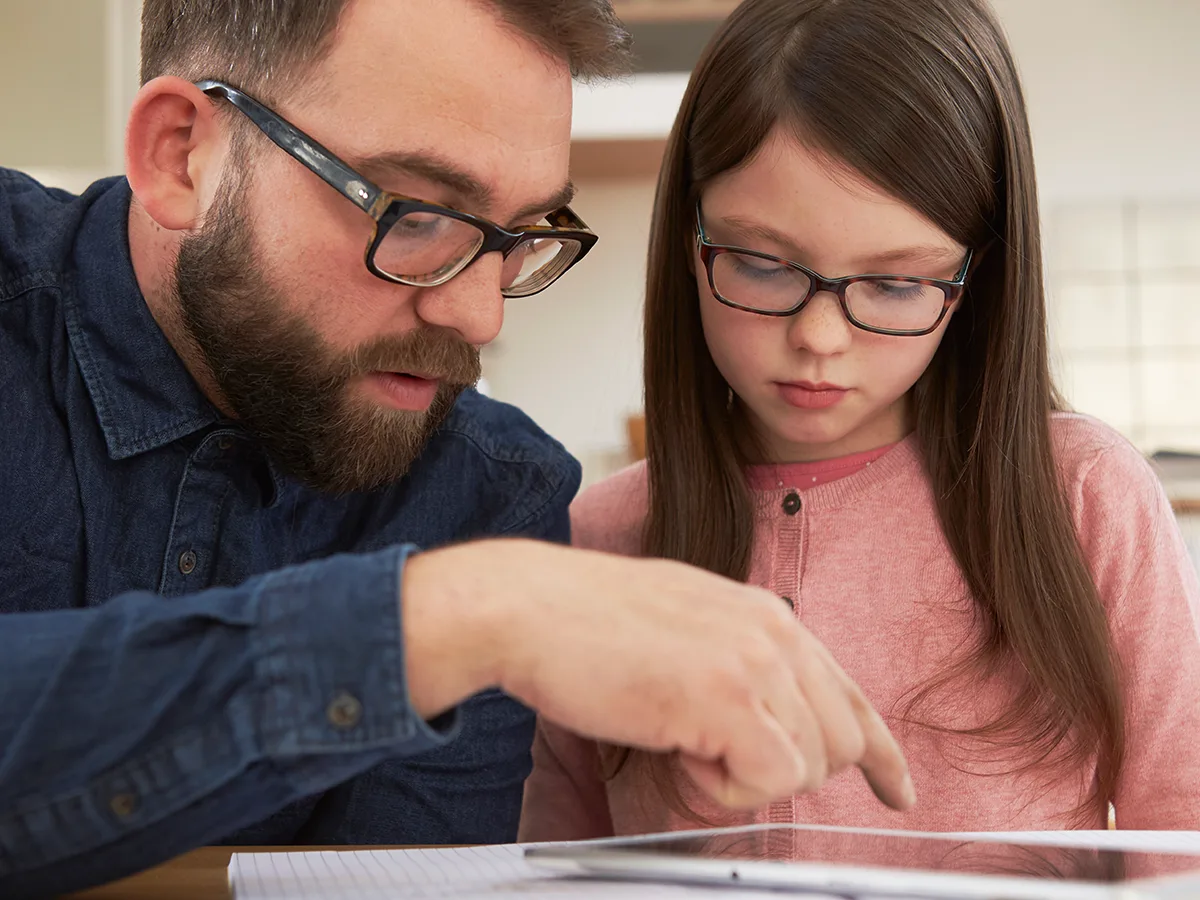What is self-advocacy?

At a glance
Self-advocacy is the ability to communicate your needs.
People who self-advocate are more likely to thrive in school, work, and life.
Self-advocacy skills can be learned at any age.
Most people have some idea of what “self-advocacy” is, but it helps to define it. At its heart, self-advocacy is the ability to communicate what your needs are.
Being a good self-advocate has big benefits for kids and adults who learn and think differently. People who know how to self-advocate are more likely to do well in school, work, and life. They often feel confident in what they’re learning and doing.
Self-advocacy also creates independence. And it empowers people to find solutions to problems that others might not be aware of.
Self-advocacy has three key elements:
Understanding your needs
Knowing what kind of support might help
Communicating these needs to others
Here’s a simple example. Say you’re a student who struggles with writing. But you’re in a history class that requires taking a lot of notes.
If you’re a strong self-advocate, you understand that taking notes is going to be a challenge for you. You know that support like pre-printed notes may help. You communicate your challenge to the teacher, and ask for pre-printed notes. If the teacher says no, you know you can reach out to a counselor or other person for help.
People often learn self-advocacy in small steps. They may start with just understanding one of their challenges. Or they may be able to say that something is wrong, but not know what would help. This is self-advocacy, too.




